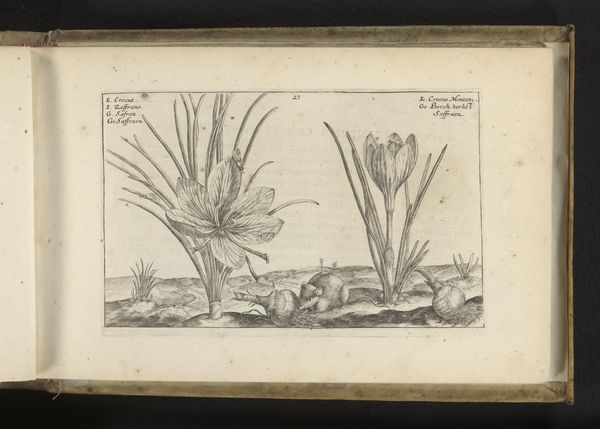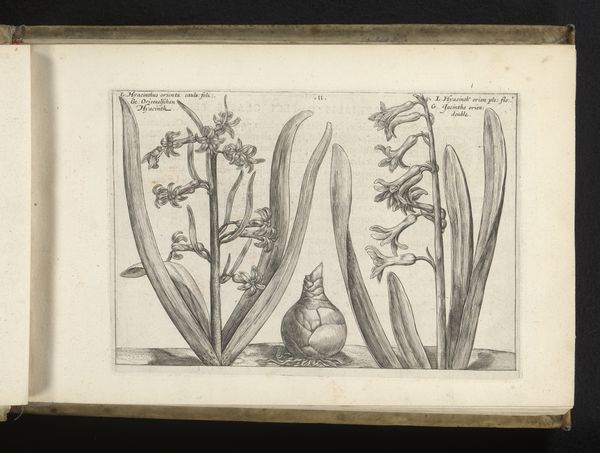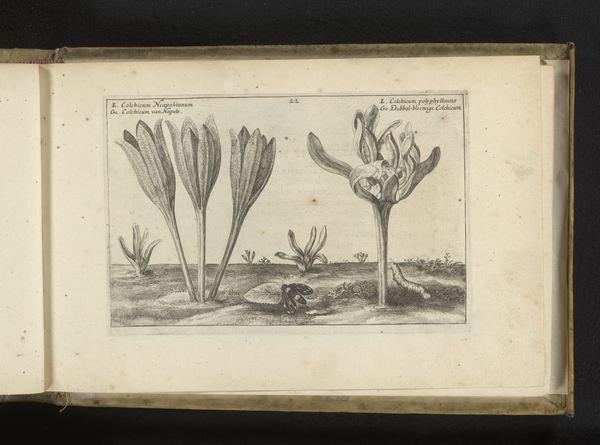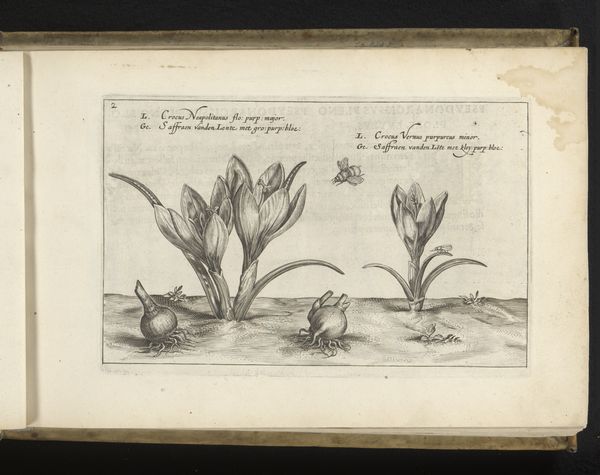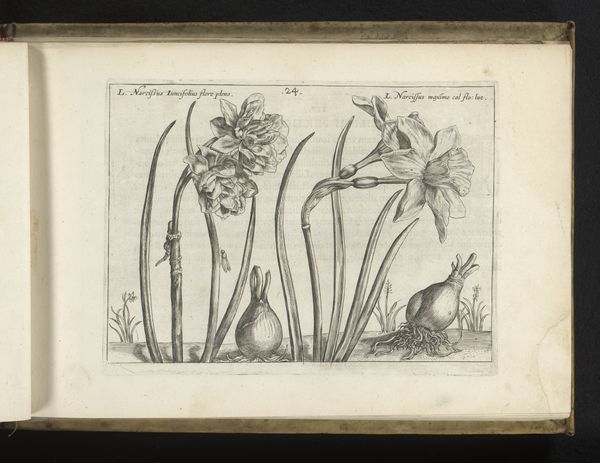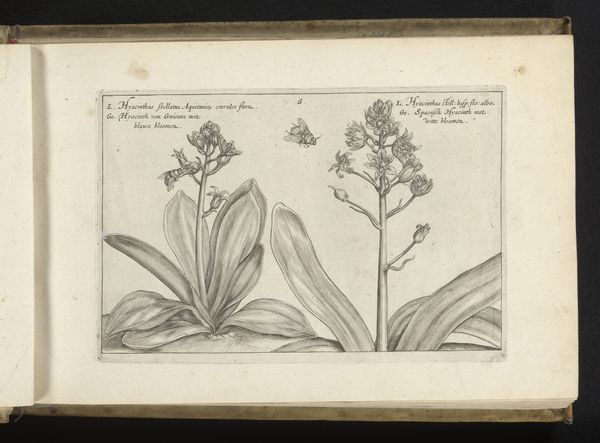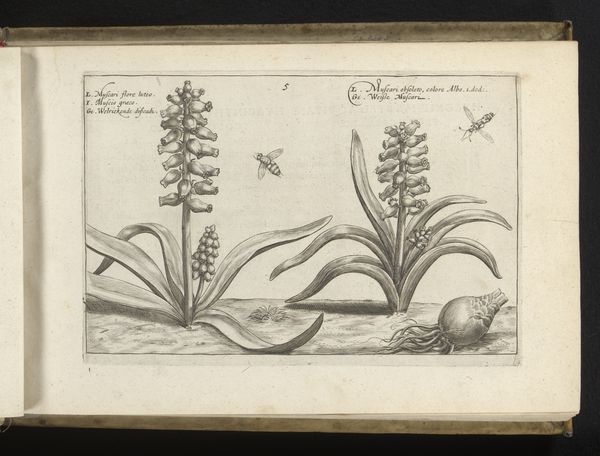
print, engraving
#
dutch-golden-age
# print
#
figuration
#
line
#
engraving
Dimensions: height 137 mm, width 208 mm
Copyright: Rijks Museum: Open Domain
Curator: Here at the Rijksmuseum, we have “Twee irissen of lissen,” or “Two Irises or Lilies,” by Crispijn van de Passe the Younger, created in 1617. It’s an engraving, a type of print, depicting, well, two irises. Editor: They're… stern, somehow. Maybe it’s the lines, but there’s a certain intensity about them, an almost severe elegance. Definitely not your cheerful garden variety iris! Curator: Right, the engraved line really emphasizes form, almost like a botanical study with artistic flair. It’s part of a larger trend in the Dutch Golden Age, blending scientific observation with aesthetic representation. The technique is all about control; carefully carving lines into a metal plate and then inking it. Editor: Thinking about that process makes me appreciate it even more. That level of precision is a craft and the result isn't something spontaneous— it's planned, deliberate, and about the labor itself. There's no room for mistakes, which definitely adds to that sense of formal control. But why irises? Were they symbolic? Curator: Irises, historically, can represent faith, hope, and wisdom. It’s easy to forget with modern printing technology how laborious creating something like this would be; this engraving would have been pretty desirable. Editor: I wonder what audience this would have been for. Something like this walks a really interesting line, you know? Is it scientific documentation, art for art's sake, or just decoration? All those lines must've taken a pretty skilled engraver hours... or weeks even. And what kind of press did they have back then? Curator: Exactly, each step from the metal plate to the finished product is full of variables, and I’d also be willing to bet these engravings, in their time, played an important role in the popularization of botany, making nature more accessible. Editor: So, when we really get into the nitty gritty, it's about how skill and the demand for images—whether art or botanical reference—collided. It’s an intersection of labour and emerging scientific interests during that time. Curator: Definitely, seeing those irises side by side like that gave me a new perspective on the work involved to make this engraving.
Comments
No comments
Be the first to comment and join the conversation on the ultimate creative platform.

